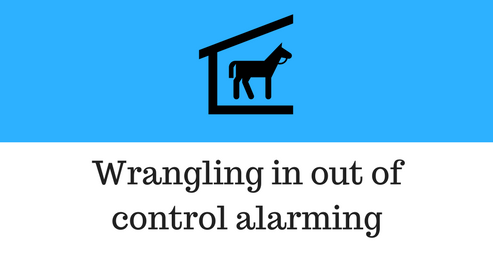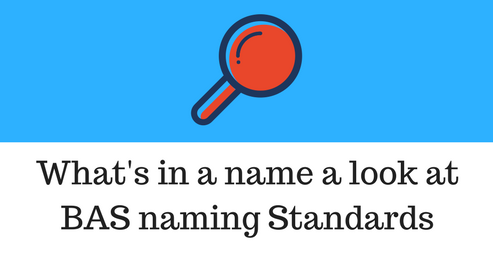Throughout my career, I've been guilty of doing the same thing everyone else does. You know what I'm talking about. It's the end of the project and there is one thing between you and getting off the job... It's the "Vendor shall provide 8 hours of training by qualified factory representative" specification language.
So you reach out the customer and ask them when they can meet you for training. You set aside a time and teach them whatever you think they need to know over a period of maybe 8 hours.
At the end of the training session, the customer gets maybe 3 to 4 hours of training on topics that may or may not teach them what they need to know.
How can we improve this?
The reality is most BAS professionals want to provide a good training experience for their customers. However, I challenge you to think of any time in your BAS career where you were taught how to conduct training.
Chances are you probably can't think of a time when this happened.
Here's the problem, most of the issues you experience with your customers can be tied back to bad training. Think about it.
We in the BAS space love to say that customers usually only use a small percentage of a BAS's capabilities. Why is that well, it has to do with training. That's why I've created a four-step plan for post project training.
My four-step plan for post project training
Step 1: Pre-Training Survey
Create a pre-training survey. Google forms are awesome for this.
Essentially what you are looking to do here is to understand the following questions.
- Have you used "name of BAS here" before?
- Have you used any BAS before?
- Describe your daily role and how you would use the BAS?
- What three things do you absolutely need to know how to do with your BAS?
As time goes on and you become more comfortable with the process you can tweak the questions but for now, this will help.
You must make this a part of the training process everything else you do depends on this step.
Step 2: Create your training plan
Now that you have the responses from your pre-training survey you can go and create a training program.
What you want to do is to create levels of training. If you have a customer who is brand new to BAS then you will train them differently than someone who has been using your BAS for a long time.
You will want to split the training into 3 parts.
- Fundamentals- This part will be based on the skill level of your "students"
- Job Specific- This part will be based on the roles of your "students"
- Essential questions- This part will be based on the "3" things that your "students" said they must learn.
Step 3: Execute the training
Never, ever, ever, conduct training at the customer's site, unless you have no other choice. I know there is this school of thought that you should training folks on their systems but that is WRONG.
When folks are onsite they are "half-there" they are physically present at your training but their mind is split between the training and their day job.
But what if you don't have a training facility in your office. Well, this is an easy fix. Most major towns have rental offices that you can use for a day. If you live in a smaller town the local cities and towns will often have event centers that you can rent for the day.
Do what you have to do get people away from where they work so they are present both physically and mentally!
Step 4: Post-Training Followup
Contrary to popular belief customers will pay you for post training follow up IF you position it right.
The trick is to have an actual plan for post-training follow up.
This is where most companies fall short. They pass up a perfect opportunity to keep the customer happy. A lot of internet based business software offer premium plans that provide the user with monthly follow-up training.
Why can't we steal this idea and apply it to building automation systems?
Discover where your customers are at and create personalized follow-up plans to train your customers at specific points throughout the year. This will help to ensure the success of your customer and will make you stand out, unlike any other controls contractor they have ever seen!
Conclusion
So there you have it a four-step process for creating great training. Sure it takes some time to set up the system but once you have it set up you can use it again and again. It's up to you to take the time and invest in creating a system that works for you and your customers.
Most folks will not put forth the effort to do this and that's good because those of you who do put forth the effort will stand heads and shoulders above your competition.
Which brings me to my question. How do you approach customer training? Join the discussion in the comment section below.
Speaking of BAS training.
If you are looking to massively increase your BAS knowledge in the shortest amount of time possible then check out my BAS training program by clicking on the image below.






